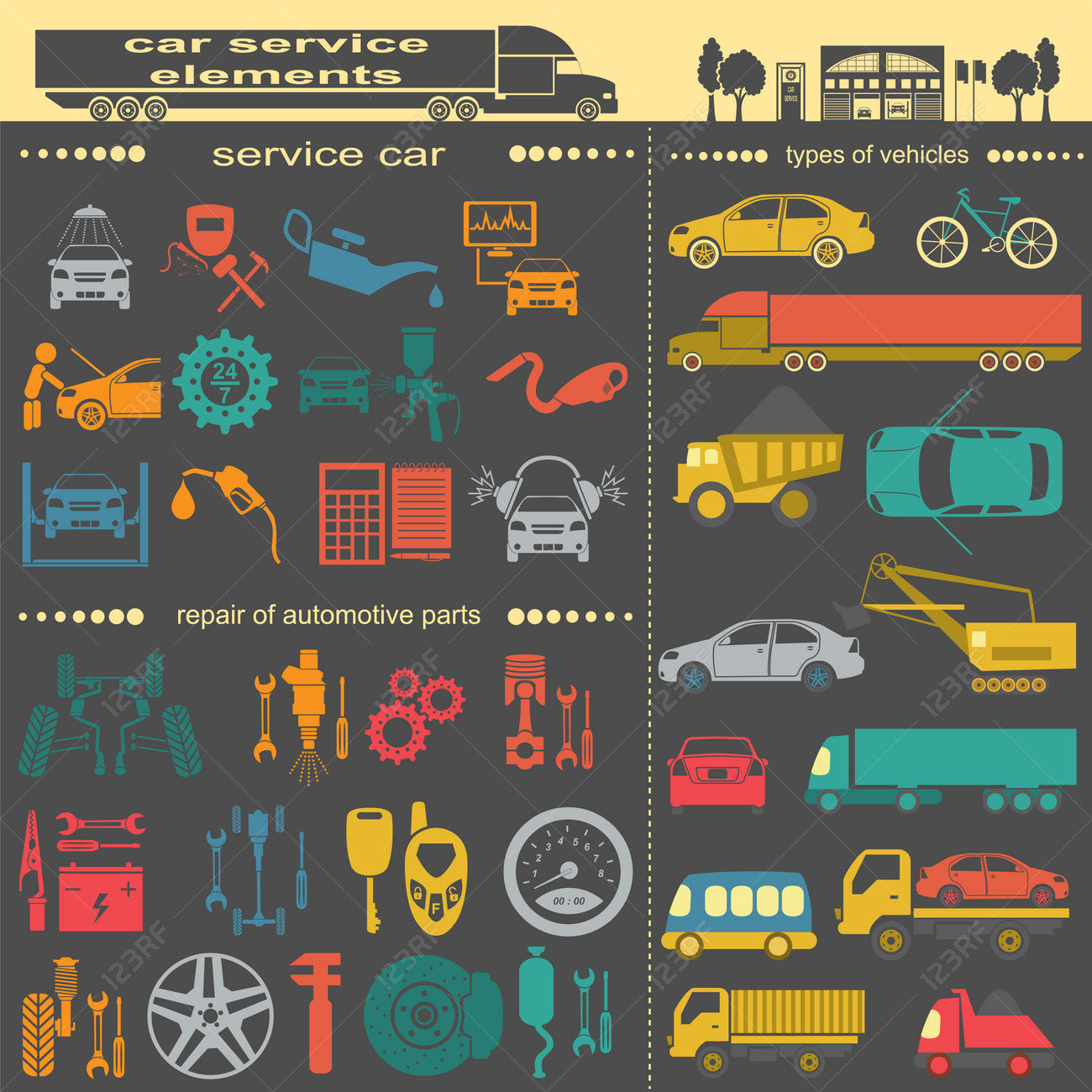Wondering Regarding The Significance Behind Those Control Panel Caution Lights? Gain Understandings Into Their Ramifications For Your Lorry'S Safety And Security And Upkeep
Wondering Regarding The Significance Behind Those Control Panel Caution Lights? Gain Understandings Into Their Ramifications For Your Lorry'S Safety And Security And Upkeep
Blog Article
Content Writer-Vinson Corbett
When you're behind the wheel, those beautiful warning lights on your control panel can be a little bit perplexing. Do source website recognize what they're attempting to tell you regarding your car's health? Recognizing the value of these lights is vital for your security and the long life of your automobile. So, go to this website among those lights turns up, wouldn't you wish to decipher its message properly and take the required actions to resolve it?
Common Caution Lights and Interpretations
Identify common warning lights in your vehicle and understand their definitions to make sure risk-free driving.
One of the most common caution lights consist of the check engine light, which signifies problems with the engine or emissions system. If this light begins, it's critical to have your car inspected quickly.
The oil stress alerting light suggests low oil stress, calling for immediate focus to stop engine damages.
A flashing battery light may recommend a malfunctioning charging system, possibly leaving you stranded if not dealt with.
The tire pressure surveillance system (TPMS) light informs you to low tire stress, influencing vehicle security and fuel effectiveness. Neglecting this might cause unsafe driving conditions.
The abdominal muscle light suggests a problem with the anti-lock braking system, endangering your capability to quit quickly in emergency situations.
Last but not least, the coolant temperature level alerting light warns of engine getting too hot, which can lead to serious damages otherwise fixed quickly.
Understanding these usual caution lights will certainly assist you attend to problems promptly and preserve safe driving conditions.
Relevance of Prompt Focus
Understanding the common warning lights in your auto is just the first step; the relevance of quickly addressing these cautions can't be highlighted enough to guarantee your security on the road.
When click the up coming website page illuminates on your control panel, it's your auto's method of connecting a prospective problem that requires attention. Ignoring these warnings can cause a lot more serious issues in the future, compromising your safety and security and potentially costing you extra in repairs.
Prompt attention to cautioning lights can protect against break downs and accidents. For instance, a flashing check engine light could indicate a misfire that, if left neglected, might cause damages to the catalytic converter. Addressing this quickly can save you from an expensive repair work.
Similarly, a brake system cautioning light may indicate reduced brake liquid or worn brake pads, vital elements for your security when driving.
DIY Troubleshooting Tips
If you discover a caution light on your control panel, there are a few do it yourself troubleshooting pointers you can attempt prior to seeking professional assistance.
The initial step is to consult your vehicle's handbook to understand what the specific caution light suggests. Occasionally https://www.globenewswire.com/en/news-release/2021/11/03/2326186/0/en/Global-E-Commerce-Automotive-Aftermarket-is-Anticipated-to-Reach-USD-132-75-billion-by-2028-Fior-Markets.html can be as straightforward as a loosened gas cap causing the check engine light. Tightening up the gas cap may deal with the trouble.
One more usual concern is a reduced battery, which can cause various advising lights. Checking the battery connections for corrosion and ensuring they're protected may fix the problem.
If a caution light lingers, you can attempt resetting it by disconnecting the automobile's battery for a few minutes and after that reconnecting it. Furthermore, inspecting your car's liquid degrees, such as oil, coolant, and brake liquid, can help repair warning lights associated with these systems.
Conclusion
To conclude, comprehending your car's warning lights is crucial for keeping your lorry running smoothly and safely. By quickly addressing these notifies and knowing what they indicate, you can avoid expensive repair work and possible break downs.
Keep in mind to consult your car's handbook for specific details on each warning light and take action accordingly to make sure a hassle-free driving experience.
Remain notified, remain safe when driving!
